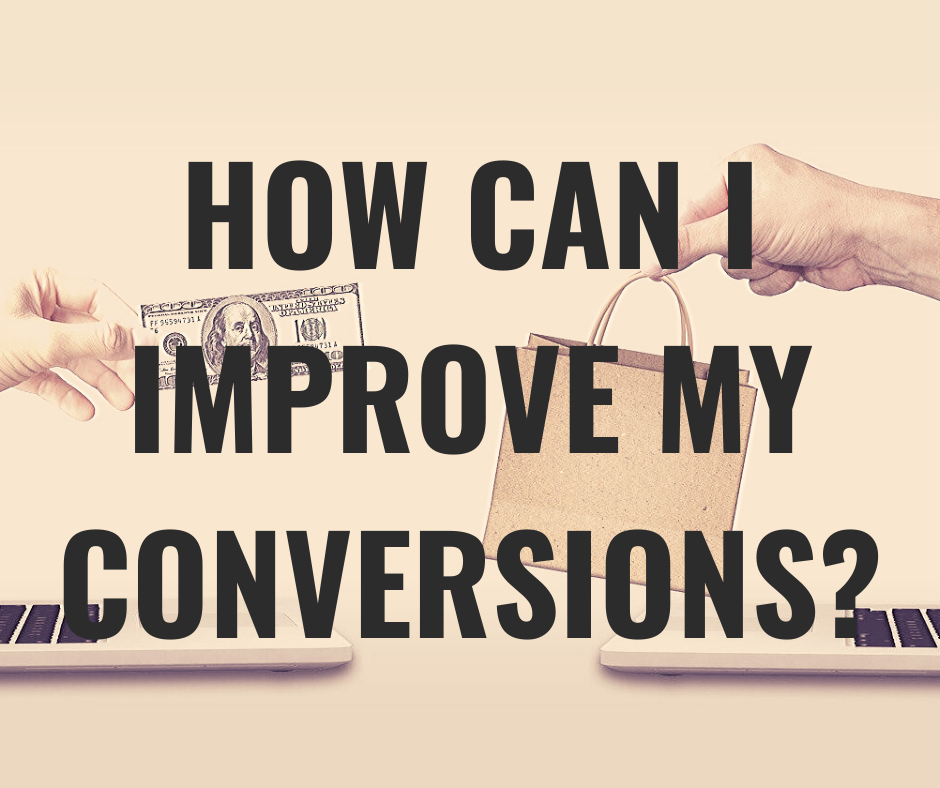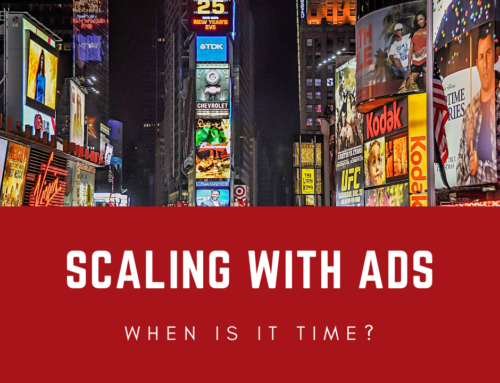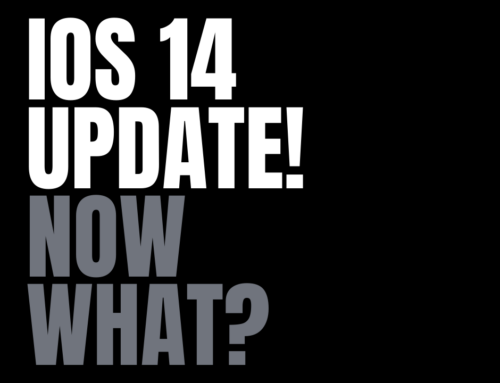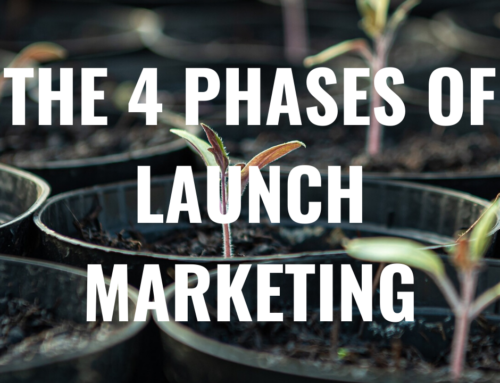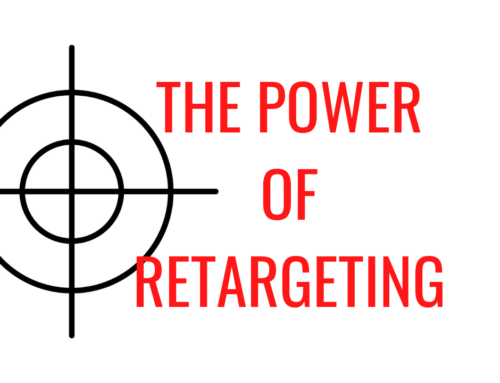It happens to a lot of entrepreneurs.
You build a website or a sales page. You create an ad campaign. You run ads. You spend money.
And then…nothing.
No sales.
What do you do?
There is not one answer to this question, as the situation may be caused by various factors. Here are some common causes of sales failure.
Don’t propose marriage on the first date.
The decision to purchase is an emotional decision. This is true as much for corporate executives as it is for hourly employees and stay-at-home parents. People buy because they have made a decision to trust that a particular offer will meet their needs.
That being the case, if you are selling something, you need to realize that people will not make the emotional decision to buy unless they have found a reason to trust you. And you have to build up that trust: you can’t expect a total stranger to just drop $3,000 on your coaching program or course on the first contact.
Start small. Get people going on either a free lead magnet or a ridiculously low offer that is a killer deal that maybe just breaks even. Then continue to foster your relationship from there.
See if there is a disconnect between your lead magnet and your paid offer.
Some entrepreneurs realize that they need a lead magnet to create connections, deliver value, and build relationships with prospects to whom they can sell later on. So they create lead magnets, run ads, and collect leads. And they may get a lot of leads…but then those leads don’t turn into sales. Why not?
One reason why this happens is because of a disconnect between the lead magnet and the paid offer. It may be that these two offers simply are not related in the way you assume.
It may be that the people who are interested in that particular free offer simply are not the kind of people who would be interested in the next offer up your value ladder.
It may be that they are the right people, but your messaging is wrong. There is no logical connection between what you said in your free guide or ebook and what you are saying in your sales letter.
If this is the problem, you may need to rethink both your free and paid offers entirely. It may not be that drastic, though: it may just be that you need to rethink your messaging so that people can actually see the logical connection there.
It could be that your sales copy needs work.
It’s not enough to post a picture of your product, list some features, and expect people to buy the thing. You need to sell them. You do that by making them feel the pain, showing benefits rather than features, creating a feeling of trust, and addressing their concerns.
Not just anyone can produce good sales copy. Not just any writer can produce good sales copy. In fact, writing sales copy is in many ways counterintuitive to other kinds of writing: good writers have to unlearn a lot of things if they want to write good sales copy.
It isn’t reasonable to suggest that I can tell you how to write good sales copy in just one section of one blog post. It will take a lot more than that. So if you want to make sure that your sales copy is on-point, you have three options:
- Take courses and learn to do it yourself. This of course requires time as well as money.
- Hire a writer of sales copy with a proven track record. This of course requires money.
- Use a tool such as FunnelScripts to construct your sales copy. This likely won’t be as good as what a professional would produce, but it probably will be better than what an inexperienced writer would produce.
Any of these approaches can work. Just don’t put your business on the line because you assumed you could do the sales copy yourself without even taking a course.
Make sure you’re pitching the right offer.
Imagine that you have a course that is designed to walk an uneducated homeless person through a set of steps to get him or her working and making $50,000+ per year within a couple of months, and your course costs $3,000. How many sales do you think you will get?
Probably zero.
Even if homeless people have an Internet connection, they likely don’t have $3,000 to spare. No matter how much they need what you’re selling, how much they believe in you, or how many homeless people are out there, you probably won’t get a single sale. The need may be there, but the market isn’t.
In cases like this, you may be able to do some minor modifications to reposition your offer and make it attractive to a different demographic.
Make sure you aren’t targeting the wrong demographic.
This is similar to the previous point but still worth mentioning.
It could be that your offer is actually good and actually does appeal to a particular demographic. It just may be that the demographic you are targeting is not that demographic.
In truth, though, you should not even be targeting demographics. You should be targeting behaviors. Demographic information tells you what people are likely to do. Behavioral information tells you what people actually have done.
The simplest example of behavioral targeting is purchasing history. If you know that someone has purchased a product from you or a direct competitor in the past, that is gold. If you know that someone has attended an event related to your offer, that is good too. The same thing goes for people who have directly expressed an interest in what you offer.
As an agency, we execute behavioral targeting through a two-tier engagement approach. First, we have our clients produce a series of informational videos, and we run those as ads targeting a broad audience. Then, we follow up on that by running ads that target anyone who watched a significant amount of video content.
Get your sales process figured out.
At one point in the past, we were running ad campaigns for two different orthodontic practices.
Orthodontist A was in a slightly more competitive market, so his leads came at a higher cost. Orthodontist B was seemingly in a great position, as his leads were coming in great number and at a lower cost. So one would assume that the ad campaigns we were running for Orthodontist B did better, but that was not the case at all.
Once we got past the point of generating leads, these two orthodontic practices diverged completely. Orthodontist A had a dedicated person making calls. This person would call contacts when they booked an appointment, again the day before the appointment, and again the day of the appointment. If they missed the appointment, this person would call again and follow up.
Orthodontist B did none of that. He sometimes had someone call to confirm when the appointment was booked, and that was it. If they didn’t come, he would remove that person from all future marketing outreach because “they apparently weren’t really interested.”
The difference in results was stark.
An ad manager can help to drive traffic, but after that, there needs to be a framework and process in place to turn that traffic into leads and then sales. This process will differ depending on the type of business we are talking about. It may involve only emails, only phone calls, or email and phone calls, as well as other channels such as chatbots. But whatever process you have…well, you need to have it! If I ask you what happens after someone becomes a lead, you should be able to give a clear and detailed answer.
Marketing isn’t about magic, miracles, or mysteries. It’s a combination of tried-and-true processes, testing, numbers, and a little creativity.
Marketing is kind of like gambling, but in this case, you get to count the cards and shake the table all you want. So do it.


